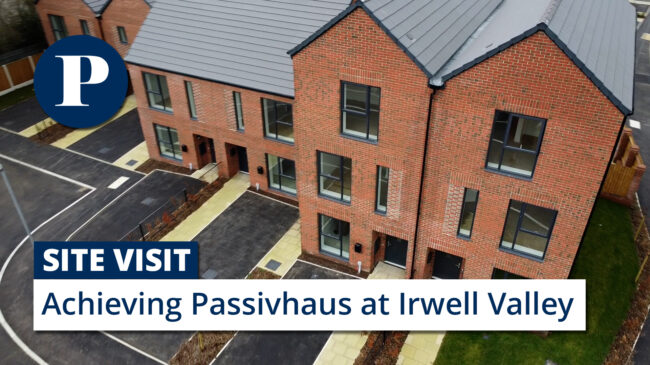NW in 2019 | Homes for all
Many commentators are citing the North West as having the fastest growing residential values in the country, with a particular emphasis on the city centres, writes Suzanne Benson of Trowers & Hamlins.
Whilst this provides excellent opportunities to promote inward investment, it does also increase the challenge of providing affordable, accessible housing for people who are priced out of both the ownership and rental markets.
Locally this is being recognised at a policy level, and in recent weeks we have seen announcements from both Liverpool and Manchester councils bringing new initiatives for direct intervention in the market. Creating an accessible housing market with a variety of entry points is crucial to dealing with scarcity of supply and the challenges faced by first time buyers. With housing as high on the agenda as it has ever been, national policy is now also looking at creating a wider variety of entry points – some of which we will start to see impact on the market in the next 12 months.
Build-to-Rent is one of the fastest growing residential sectors, with the ‘outside of London pipeline’ now exceeding that of the capital. As new developments start to bed in to the local area, we should start to see a shift in the overall rental market. The impact of institutionally owned, centrally managed, large scale schemes on the currently fragmented private rented sector should drive up quality and choice.
Last summer’s revised National Planning Policy Framework also introduced a new specific BtR affordable product known as Affordable Private Rent. This is intended to be a private sector product which allows provision of affordable housing whilst maintaining the principle of single private sector management. In a new rapidly developing sector, it will be interesting to see how private sector providers collaborate with local planners to make use of this new tenure and demonstrate its value as affordable housing provision.
Home-ownership remains a goal for many and in recent years Government policy has focused on helping buyers access the market. Help to Buy has become a significant part of the new-build market with more than 183,000 properties being funded by the equity loan scheme. November’s Budget announcements, however, confirmed the tapering of the product from 2021 with a reduced scope of assistance being available until 2023. In the short term, Help to Buy will undoubtedly continue to support large numbers of sales but from 2019 housebuilders are going to need to start their planning for a post-Help to Buy sales programme.
Shared Ownership also continues to be a fundamental driver for the provision of affordable home-ownership and the recent extension of the first time buyer Stamp Duty Land Tax exemptions will also assist. A key tool for housing associations, Shared Ownership plays an integral part of Homes England’s grant funding programme. We are, however, beginning to see a groundswell of interest from private providers and institutional investors – the Lancashire County Council pension fund venture with Heylo Housing being just one example. Government has recognised this trend and has issued a new consultation, seeking to identify and remove barriers for private sector participation in shared ownership – suggesting that perhaps this route could be the successor to Help to Buy.
Whilst these initiatives are having some impact on the market, they are yet to directly address the obvious and very visible need for the increase in the supply of housing at the most affordable end of the market, which undoubtedly requires a significant amount of public sector investment across the region.
What we can expect with an increased level of flexibility in the market as whole is the potential for better opportunities for those most in need – a trend we need to keep on the agenda through 2019.




